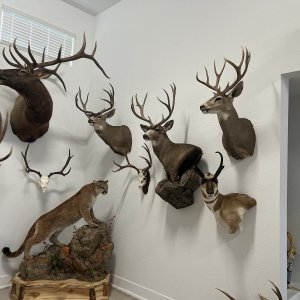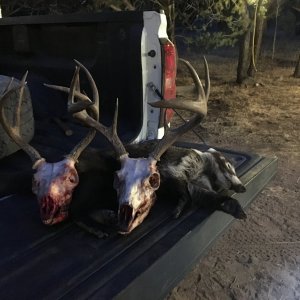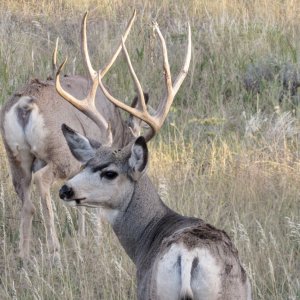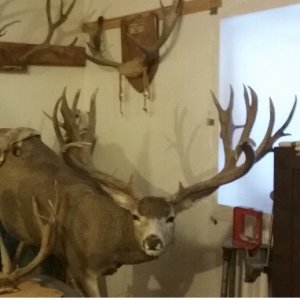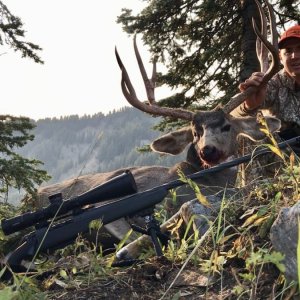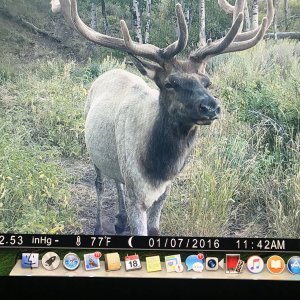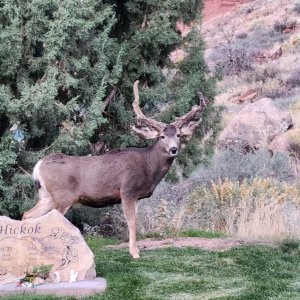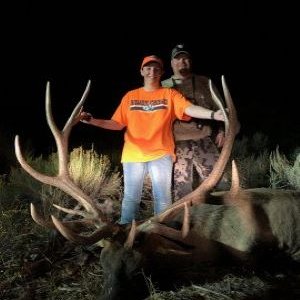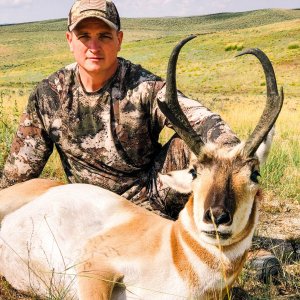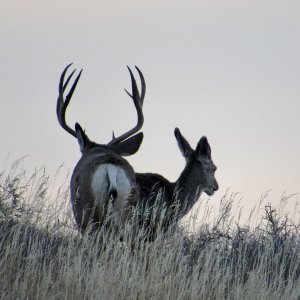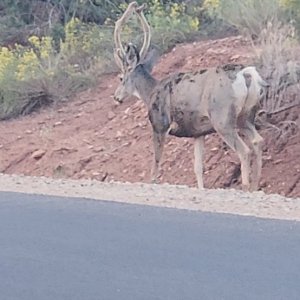COSA,
As you are obviously aware, when it comes to mtn goats (and sheep), since there are seldom more than 10 permits on any given unit, the non-residents are limited to 10% of the entire tag pool (all units combined). In 2009, this was 4 total tags. In this instance, if there is only 1 tag available on a given unit, a non-resident could draw it if the overall 10% cap has not been met. Since the non-residents
could draw a tag on any unit, I have to calculate the odds based on the applicants for each particular unit.
I have considered calculating the odds based on where the non-resident tags were actually awarded, but it would show 0% on all the other units where a tag was no awarded. This is inaccurate as there was a chance to draw, it just didn't happen.
The last way I considered running the non-resident odds was to just divide the 4
potential non-resident tags by the total number of non-resident applicants in all hunts as you have in your example. This is also inaccurate as it assumes that the non-residents are going to actually get all 4 tags - and that is where this whole discussion started.
33% does seem to be way too high for a non-resident goat permit, but based on the applicants for that unit, a total of 6 with one non-resident, that is what the odds calculate out to.
This may be a bit misleading, but I think that it is the best and most accurate way to present the odds.
I welcome your feedback,
Jon
www.HuntersTrailhead.com
